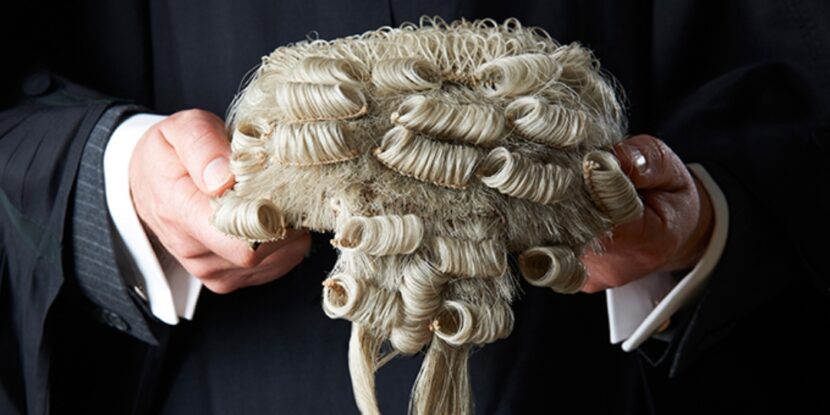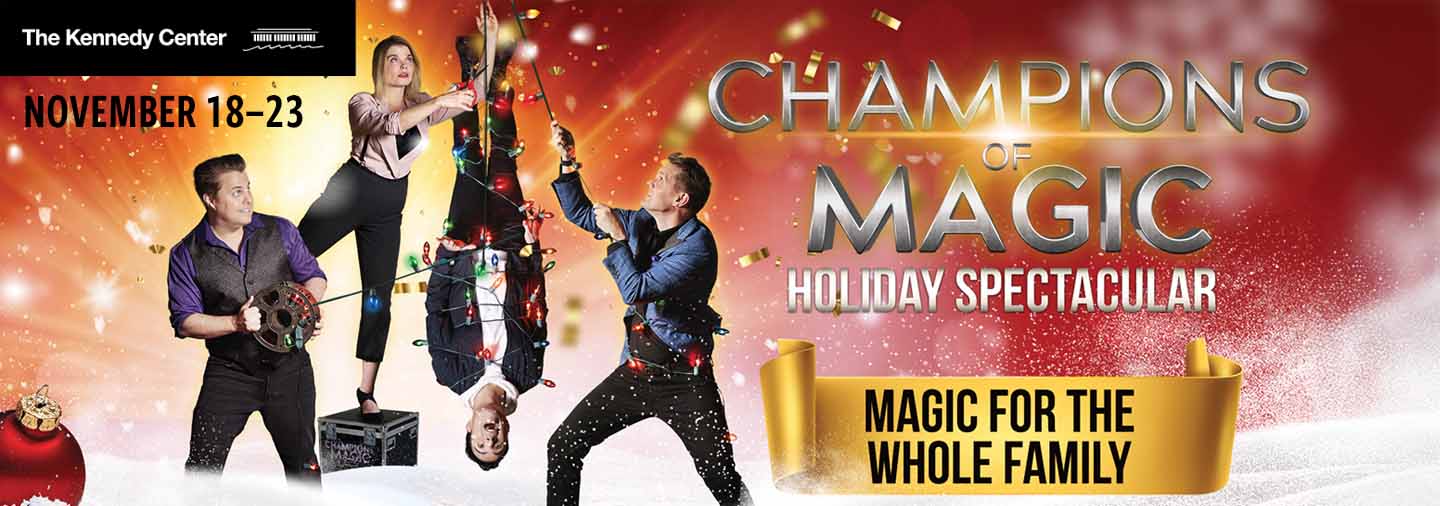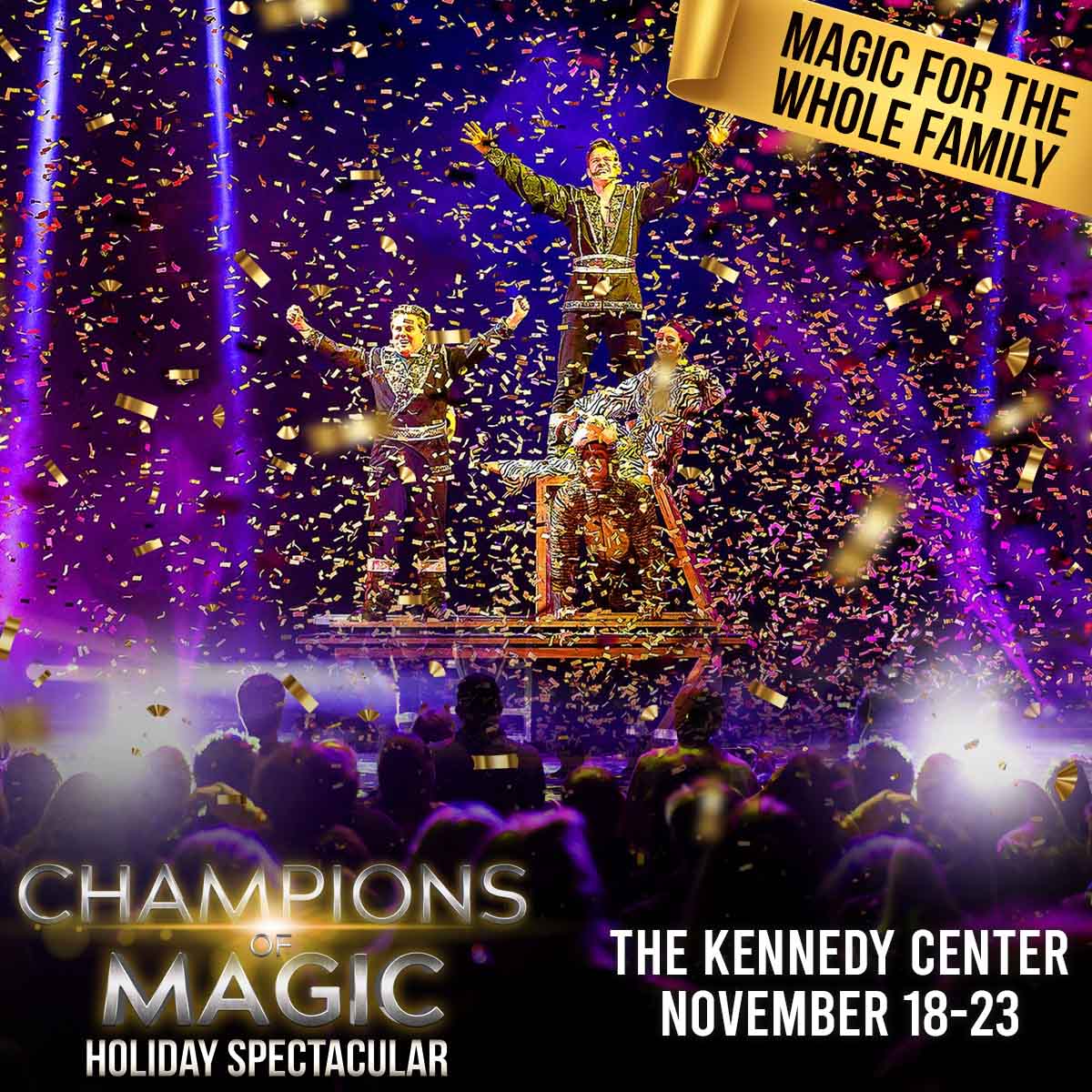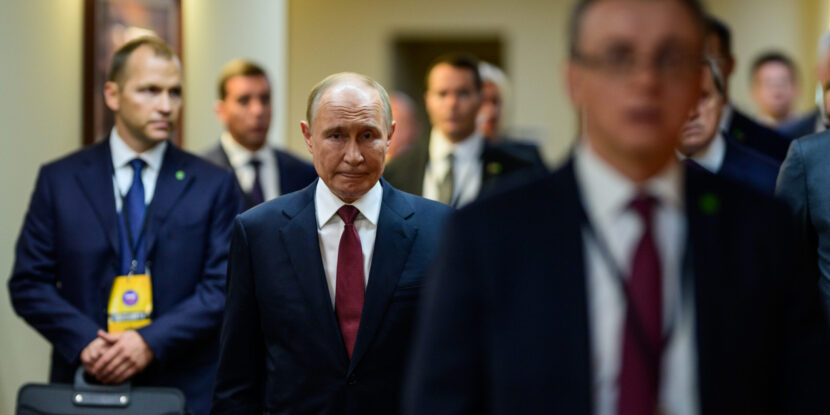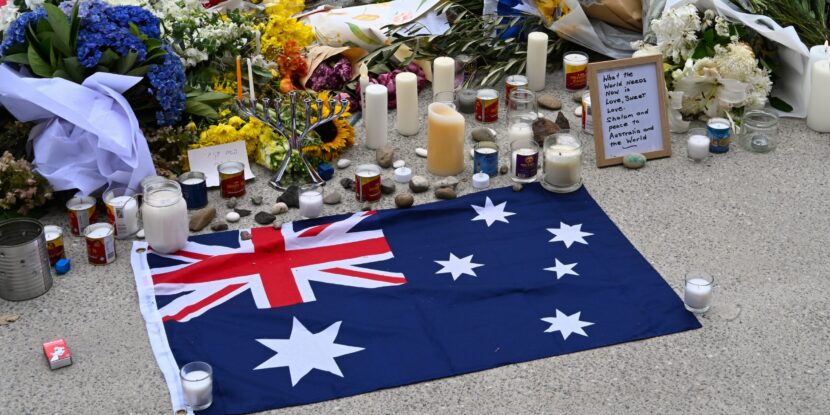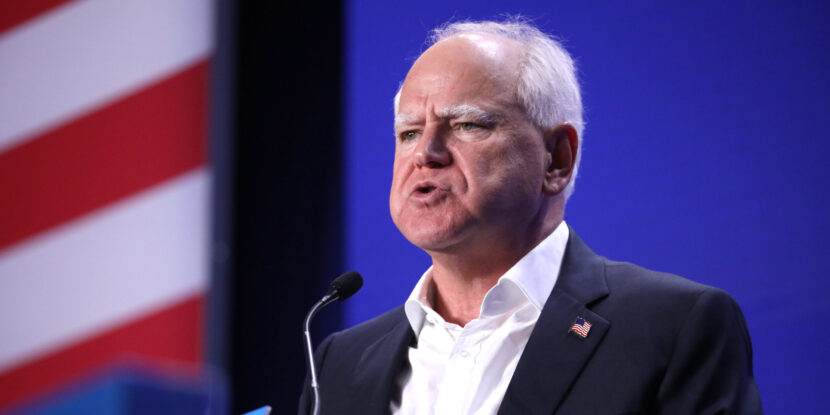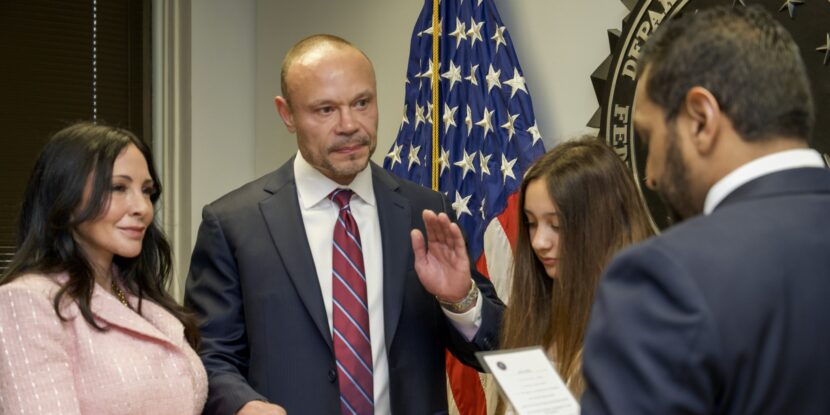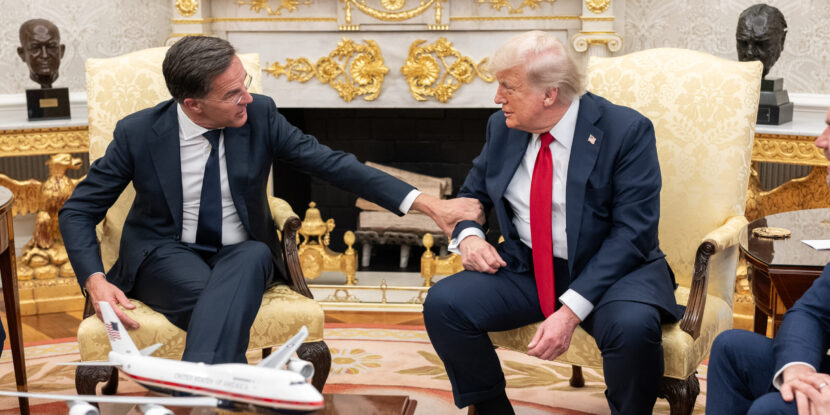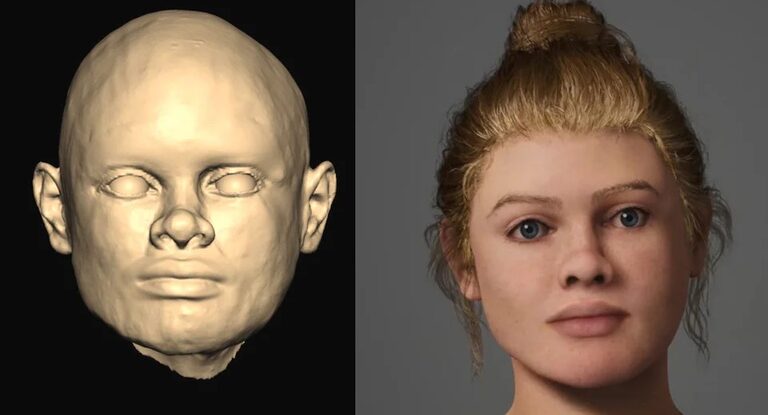English courts may no longer require courtroom lawyers to wear the traditional horsehair and, occasionally, hemp wigs they have donned since the 17th century to appease black barristers who complain the time-honored tradition amounts to “hair discrimination.”
“Following questions from barristers about wigs and hair discrimination, the Bar Council set up a working group to consider court dress in the context of all protected characteristics,” said a spokesman for the Bar Council, the approved regulator of barristers — specialists in courtroom representation within the English legal system.
Black barrister Michael Etienne sparked a miniature controversy after being instructed to wear a wig for a trial in 2022, as he sports an afro hairstyle, claiming the tradition was racist.
Despite ceremonial dress being highly valued in many African and indigenous traditional settings, black barrister Leslie Thomas KC insists England’s traditional wigs, or perukes, “certainly should go.”
“There isn’t any place in a modern society for barristers to be wearing 17th-century fashion,” he claimed, adding that win collars and other “archaic” court dress should also be scrapped.
ERASING ENGLISH CULTURE.
Leftist activists have been gradually erasing traditional English dress for some years. Speakers of the House of Commons traditionally wore wigs, black stockings, and silver-buckled shoes until Labour politician Michael Martin — later forced from the speakership by an expenses scandal — scrapped the tradition in 2000.
Wigs were dropped by the civil and family courts in 2007 and were kept out of the Supreme Court established by Tony Blair in 2009. They currently survive only in criminal court.
Other traditions have also been dropped in the name of accommodating minorities, such as saying grace before meals at the Honourable Society of Lincoln’s Inn, one of four Inns of Court to which all English barristers must belong. The Inn dropped the 600-year-old tradition in favor of saying “a non-Christian ‘thanks’ because of our diverse range of members with a different range of beliefs.”
